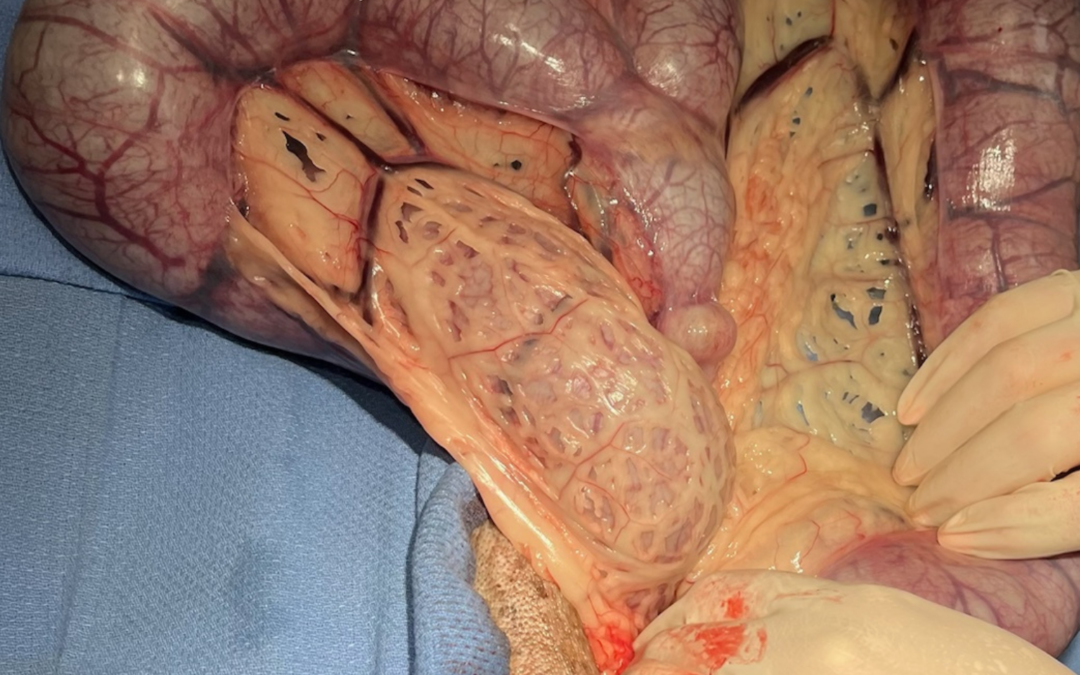The Importance of Spaying: Protecting Your Pet from Pyometra
As pet owners, we all want to ensure the health and happiness of our furry friends. One critical decision that significantly impacts their well-being is whether to spay female pets. At Jones Veterinary Clinic, we emphasize the importance of spaying, not only for population control but also for preventing serious health conditions like pyometra.
Understanding Pyometra
Pyometra is a severe and life-threatening infection of the uterus that predominantly affects unspayed female animals, particularly dogs and cats. It usually occurs in older pets but can also affect younger ones. This condition arises due to hormonal changes and bacterial infection. During a female’s heat cycle, elevated levels of the hormone progesterone create an environment conducive to infection if bacteria from the vagina ascend into the uterus.
Types and Symptoms of Pyometra
Pyometra manifests in two forms:
- Open Pyometra: The cervix remains open, allowing the pus to drain from the uterus through the vagina. This often results in a noticeable discharge.
- Closed Pyometra: The cervix is closed, preventing the pus from draining. This is more dangerous as the accumulated pus can lead to a ruptured uterus or severe systemic infection (sepsis).
Common symptoms include:
- Vaginal discharge (if the cervix is open)
- Abdominal swelling
- Lethargy
- Loss of appetite
- Increased thirst and urination
- Vomiting
- Fever
The Importance of Early Detection and Treatment
Diagnosing pyometra involves observing clinical signs, performing imaging like ultrasound or X-rays to visualize the uterus, and conducting blood tests to check for infection. If you notice any symptoms of pyometra in your pet, immediate veterinary attention is crucial.
The most effective treatment is an emergency spay (ovariohysterectomy), which removes the infected uterus and ovaries. In some cases, particularly for breeding animals, medical management with prostaglandins and antibiotics might be attempted, but this method is riskier and often less effective.
Prevention: The Best Cure
The most effective way to prevent pyometra is to spay your female pets before their first heat cycle or shortly thereafter. Spaying not only eliminates the risk of pyometra but also prevents other health issues such as uterine and ovarian cancers, reduces the risk of mammary tumors, and helps control the pet population.
The Benefits of Spaying
- Healthier Pets: Spayed pets are less likely to suffer from serious reproductive health issues.
- Longer Lifespan: By preventing infections and cancers, spaying can contribute to a longer, healthier life for your pet.
- Better Behavior: Spaying can reduce behaviors associated with the heat cycle, such as roaming and aggression.
- Population Control: Helps in reducing the number of unwanted animals, contributing to fewer strays and overfilled shelters.
Conclusion
At Jones Veterinary Clinic, we are dedicated to the health and well-being of your pets. Spaying is a simple procedure that offers lifelong benefits and protects your beloved animals from serious conditions like pyometra. If you have any questions or wish to schedule an appointment, please contact us. Let’s work together to ensure your pets live happy, healthy, and long lives.
For more information or to book a spaying appointment, visit our website or call us at (405)246-9900. Your pet’s health is our top priority!


